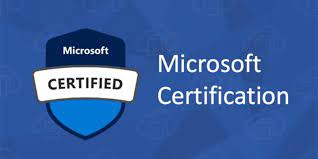SharePoint is a powerful, flexible, and popular collaboration and content management platform that has been around for over 20 years. I’ve personally seen it go through many advancements in the nearly 20 years I have been working with it. I want to begin by briefly introducing SharePoint and discussing the lifecycle of SharePoint leading up to SharePoint Premium. SharePoint allows organizations to collaborate on ideas, information, and documents using sites and secure file sharing options. SharePoint also provides the ability to create intranet websites, which enables collaboration within your organization by providing a structured document storage and management system containing advanced collaboration options including versioning, workflows, and forms. SharePoint History… Read More
Continue Reading







